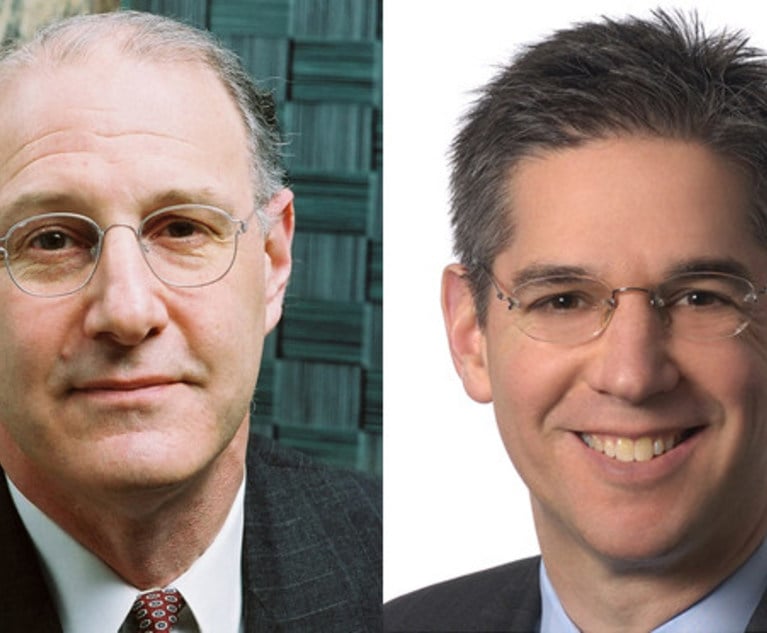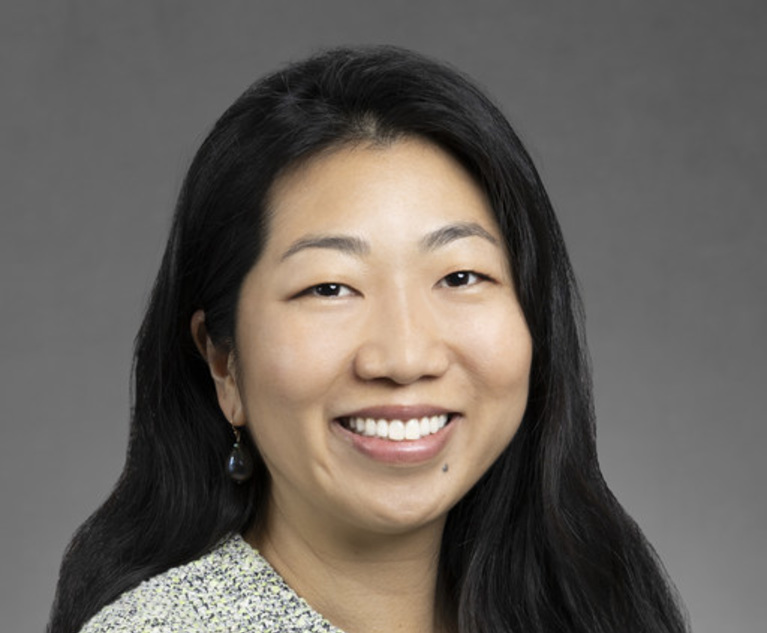 As a fresh out of law school attorney starting out as a litigator with a municipal agency, I was eager to try every case I could get my hands on to gain valuable trial experience—a goal I’m sure many attorneys have during the early stages of their careers. I also realized early on, that not all cases could go out to trial, otherwise the court system would be paralyzed. Instead, when a case reached a settlement it usually did so at one of the numerous pre-trial conferences in court. Back in the 1990s, when I was a Principal Law Clerk in the Bronx Supreme Court, alternative dispute resolution (ADR) as we know it today, was rarely used as an alternative to trial. Cases being settled in a private forum using mediation or arbitration were novelties. However, in recent years, ADR has exploded onto the scene and has become essential to the resolution of numerous types of civil legal disputes. Prior to my leaving the bench in 2017, it became apparent that due to increases in court calendars and decreases in judicial resources, fewer cases were being sent out for trial. Instead, more and more disputes were being settled using ADR. One side effect of this, is that young lawyers are now faced with fewer opportunities to hone their trial experience. However, with ADR on the rise, one could argue that attorneys should be encouraged to gain exposure to mediation and arbitration as early in their careers as possible.
As a fresh out of law school attorney starting out as a litigator with a municipal agency, I was eager to try every case I could get my hands on to gain valuable trial experience—a goal I’m sure many attorneys have during the early stages of their careers. I also realized early on, that not all cases could go out to trial, otherwise the court system would be paralyzed. Instead, when a case reached a settlement it usually did so at one of the numerous pre-trial conferences in court. Back in the 1990s, when I was a Principal Law Clerk in the Bronx Supreme Court, alternative dispute resolution (ADR) as we know it today, was rarely used as an alternative to trial. Cases being settled in a private forum using mediation or arbitration were novelties. However, in recent years, ADR has exploded onto the scene and has become essential to the resolution of numerous types of civil legal disputes. Prior to my leaving the bench in 2017, it became apparent that due to increases in court calendars and decreases in judicial resources, fewer cases were being sent out for trial. Instead, more and more disputes were being settled using ADR. One side effect of this, is that young lawyers are now faced with fewer opportunities to hone their trial experience. However, with ADR on the rise, one could argue that attorneys should be encouraged to gain exposure to mediation and arbitration as early in their careers as possible.
As a mediator and arbitrator at NAM (National Arbitration and Mediation), I see many different types of cases which rely on ADR, from the basic motor vehicle negligence, slip and fall, and premises liability cases to more complicated labor law, product liability, medical malpractice, commercial/business litigation, and employment disputes.






